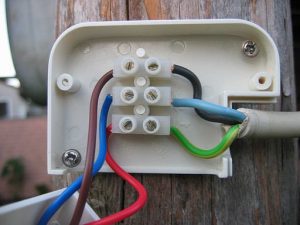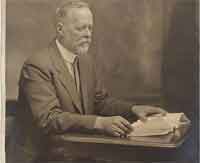 The wire will become hot as it is smaller to pass the rated current inside. Any wire will not have zero resistance. The resistance might be near to nil but not totally nil. If current passes through a wire that has some resistance, a voltage always exists in-between the ends of the wire. This happens according to the formula:
The wire will become hot as it is smaller to pass the rated current inside. Any wire will not have zero resistance. The resistance might be near to nil but not totally nil. If current passes through a wire that has some resistance, a voltage always exists in-between the ends of the wire. This happens according to the formula:
Voltage = amp*resistance in ohms.
The voltage that has developed will be identified as power according to the relationship between voltage and power as:
Power in watts = amps * voltage.
If the power in the wire is higher than the power dissipation from the wire, then it becomes warm and hot. Actually, the current that passes through the wire which has resistance generates heat. If the current passes through the conductor which has no resistance or superconductor without resistance, then heat will not be generated. Similarly, if the wire has resistance and does not have any current passing through it, then the heat will not be generated. The resistance in the wire that blocks the flow of electrons will tend to create heat. Heat is generated here as the electrons in the atoms of the conductor element or element of the wire will get displaced from the atoms during the flow of current. These electrons are restricted from moving, and this electrical energy of the electrons will be transformed into heat as they are prevented from flowing due to resistance.
As the wire keeps on resisting the current flow, it will become hotter. If a person pushes a heavy weight, the work done for pushing it will be more, and the person has to sweat more. If the wire is big in size, the current can make the wire hotter. If the wire is small in size, the same current might melt the wire due to the excess heat.











Leave a Reply